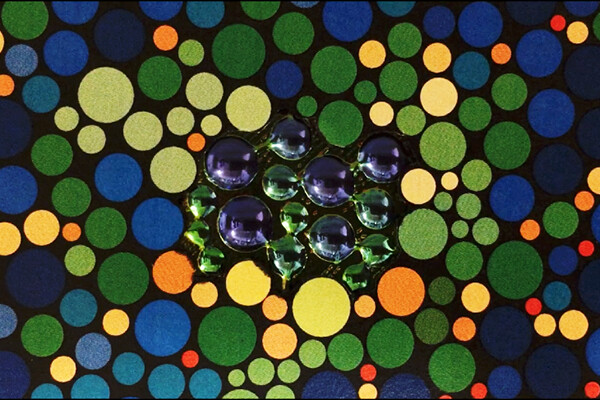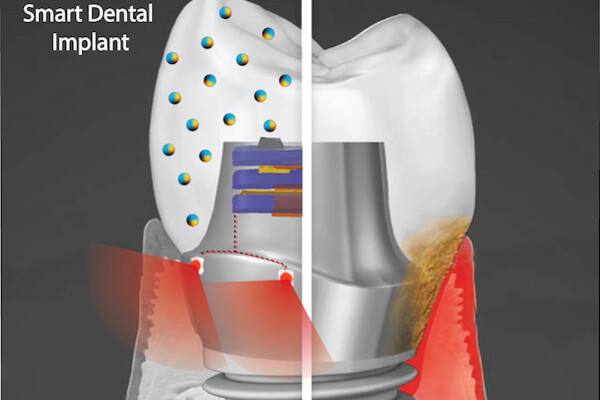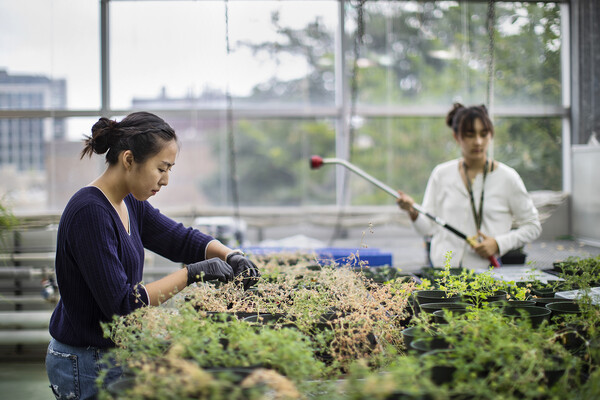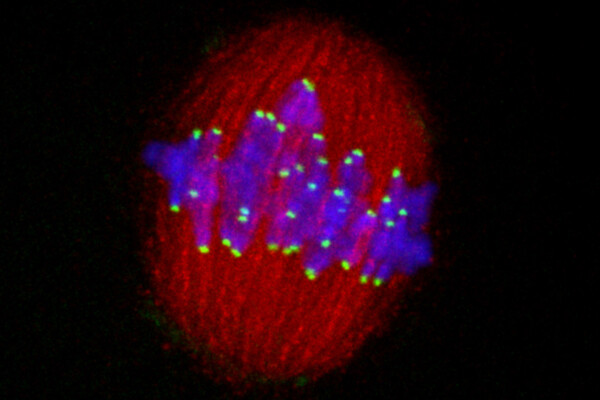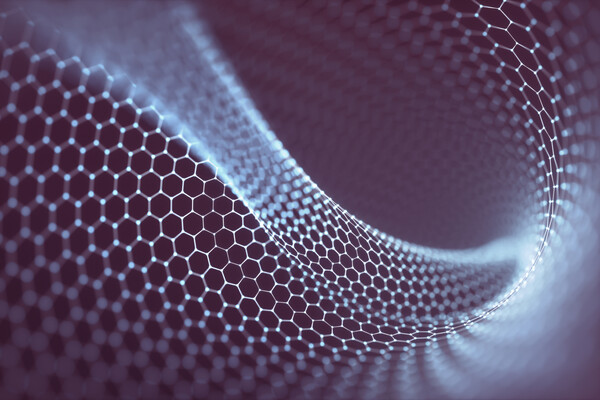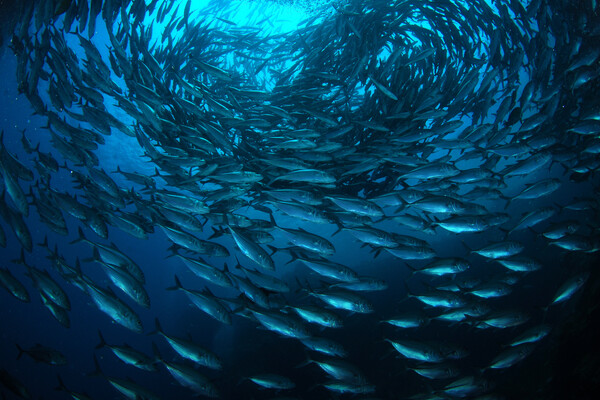Artificial chromatophores, which consist of membranes stretched over circular cavities attached to pneumatic pumps, allow surfaces squid-like active camouflage capabilities.
Latest News
Smart dental implants
Geelsu Hwang of the School of Dental Medicine and colleagues are developing a smart dental implant that resists bacterial growth and generates its own electricity through chewing and brushing to power a tissue-rejuvenating light.
Xunjing Wu on a mid-career switch to computer science
Penn’s Online Master of Computer and Information Technology degree allows professionals like Wu the opportunity to switch careers without restarting their education from the beginning.
Interact, adapt, repeat: A summer studying coevolution
Sophomores Linda Wu and Nova Meng spent the summer studying coevolution among plants, mutualistic bacteria, and parasitic nematodes in Corlett Wood’s biology lab.
Evolutionary ‘arms race’ may help keep cell division honest
Research from the lab of Michael Lampson in the School of Arts & Sciences suggests that certain proteins may have evolved to reduce the likelihood of chromosomes “cheating” to bias their chance of winding up in an egg during the cell-division process meiosis.
Atomically-thin, twisted graphene has unique properties
Researchers describe how electrons move through two-dimensional layered graphene, findings that could lead to advances in the design of future quantum computing platforms.
How schools of ‘microswimmers’ can increase their cargo capacity
Penn researchers describe how groups of microscopic, self-propelled droplets can transport more material through narrow channels using a process called collective hydrodynamic entrainment.
NSF funds UCI project to study post-wildfire mudslides and flooding
Interdisciplinary researchers will examine infrastructure and public preparedness
Forging healthy bonds with canine companions
School of Veterinary Medicine postdoc Lauren Powell’s research illuminates how the personalities of both dogs and their owners influence the pairs’ ability to overcome behavioral challenges.
Engineers create faster and cheaper COVID-19 testing with pencil lead
A new electrochemical COVID-19 test addresses the challenges of cost, time, and accuracy and uses electrodes made from graphite.


